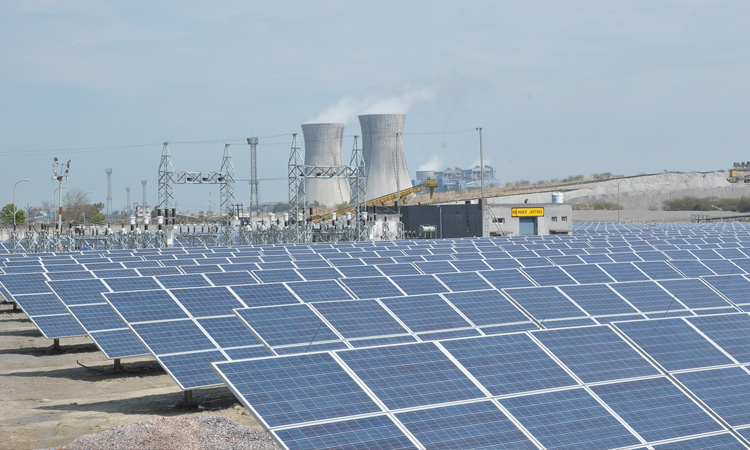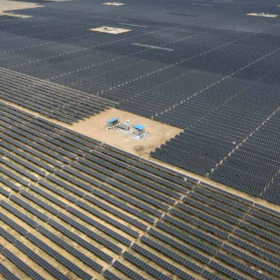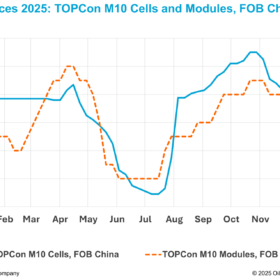The Ministry of New and Renewable Energy (MNRE) has notified sanctioning of the viability gap funding (VGF) scheme for state-run power generators to set up 12 GW of grid-connected solar PV power projects using domestically-made equipment. The capacity will be added in 4 years period from financial year 2019-20 to 2022-23.
Under the second phase of the Central Public Sector Undertaking Scheme—overseen by the MNRE—the government will provide VGF support of Rs8,580 crore for the projects, which are expected to generate investment of Rs48,000 crore and support Indian manufacturing plants.
Any state-run power producer will be eligible for assistance if it sets up a solar PV power plant for self-use or use by government entities, either directly or through DISCOMs.
The scheme mandates use of solar PV cells and modules manufactured domestically as per the specifications and testing requirements fixed by MNRE. However, MNRE will undertake a review every year and based on the capacities of various stages of solar PV manufacturing in India, may increase the domestic content requirement to include wafers, ingots and polysilicon manufactured in India, or earmark some proportion for modules made from cells that are of higher efficiency standards than the applicable industry standards at that point of time.
Significantly, the scheme has been devised by the Indian government in the hope that avoiding competitive procurement will enable it to circumvent World Trade Organization (WTO) rules related to import parity.
India has had several run-ins with the WTO over its efforts to mandate local equipment. In September 2016, the WTO’s highest court – the Appellate Body – upheld a ruling that India violated several core provisions relating to national treatment and trade-related investment measures. Under the national treatment rules, governments must treat imported products on a par with domestically manufactured ones.
Release of VGF
The VGF is intended to cover the cost difference between the domestically produced and imported solar cells and modules. While the maximum permissible VGF is Rs 0.70 crore (Rs 7 million) per MW, the actual VGF to be given to a power producer would be deemed through bidding using VGF amount as a bid parameter.
The Solar Energy Corporation of India (SECI) will conduct the bidding for allocation of solar power project capacity under the Scheme. The maximum permissible VGF amount will also be reviewed from time to time, by the MNRE, and will be reduced if the cost difference comes down.
VGF will be released in two tranches: 50% on award of the contract to the EPC contractor (including in-house EPC Division), and balance 50% on successful commissioning of the full capacity of the project.
This content is protected by copyright and may not be reused. If you want to cooperate with us and would like to reuse some of our content, please contact: editors@pv-magazine.com.









Excellent news for Solar manufacturing sector in India! ~Viren from APS!
We are Indian based grid-tie inverter manufacturer in India that provides 1kw to 250kw inverter at an affordable price.